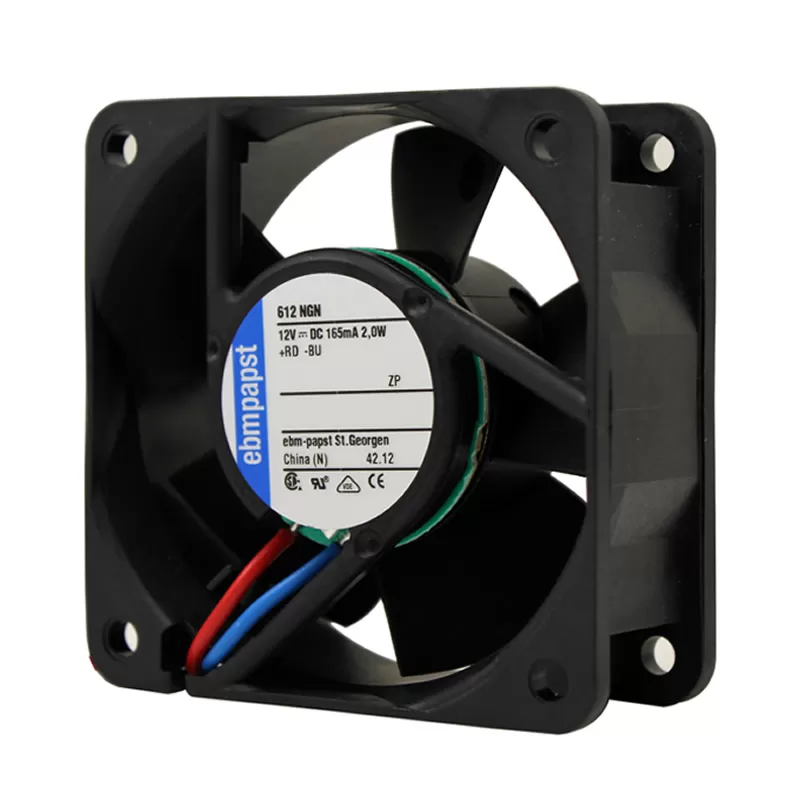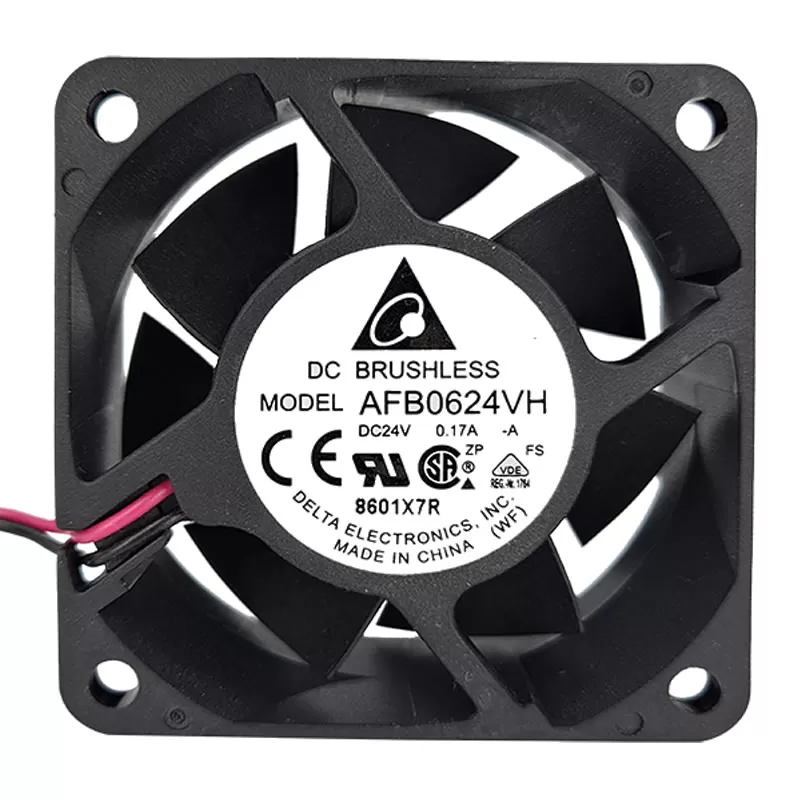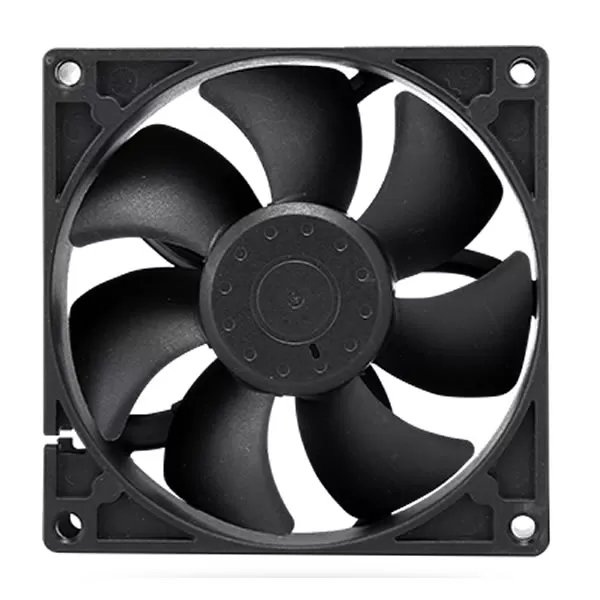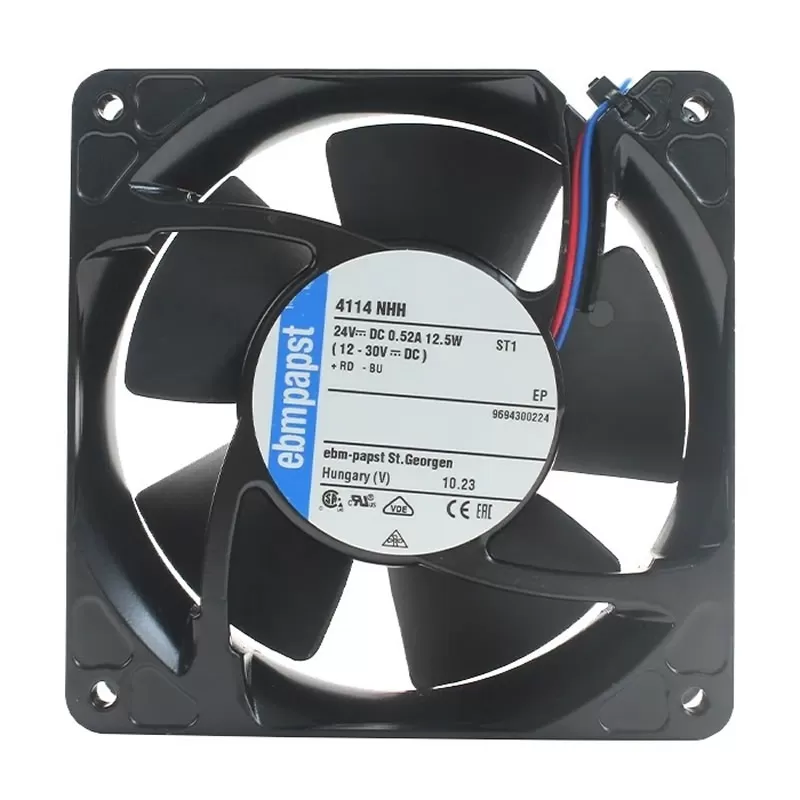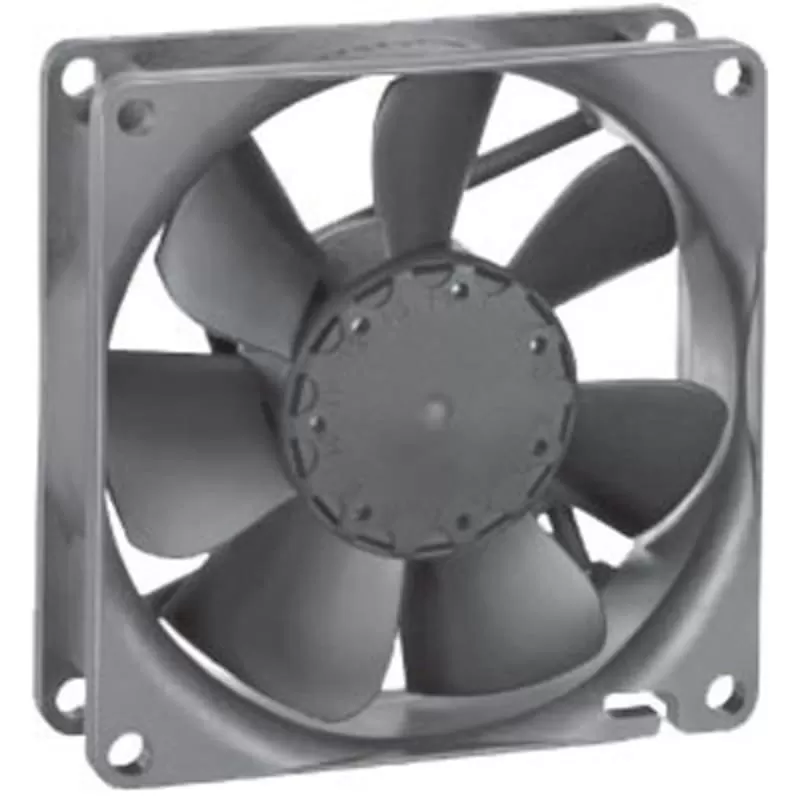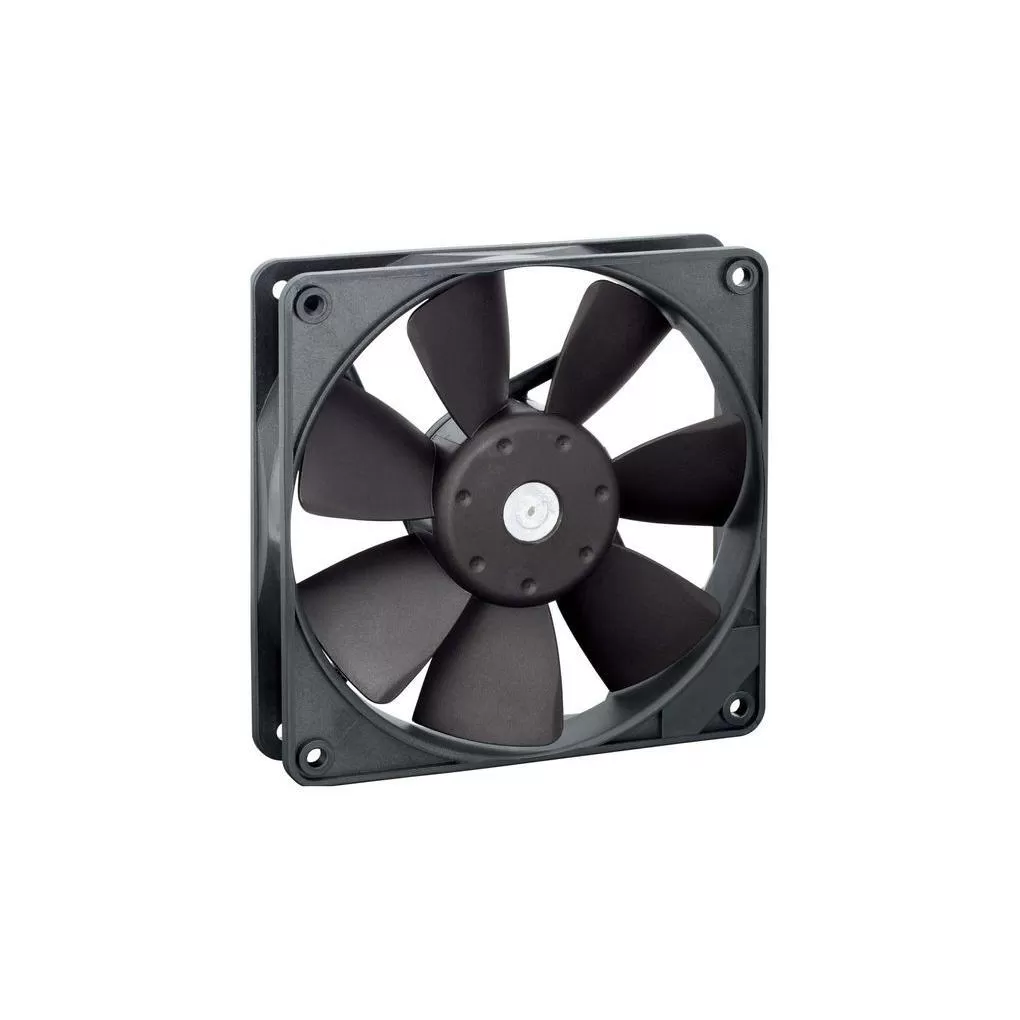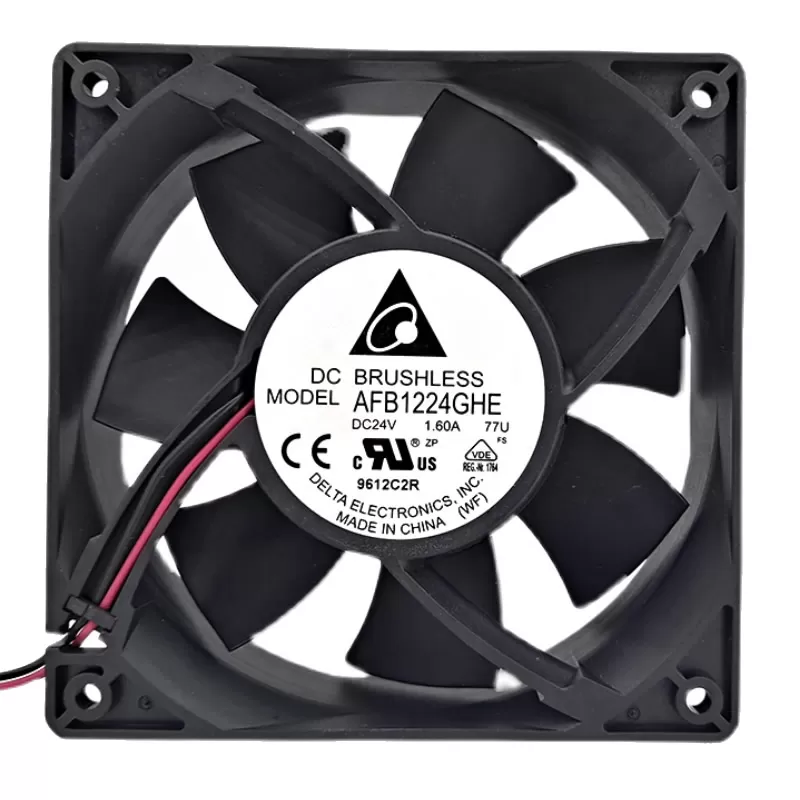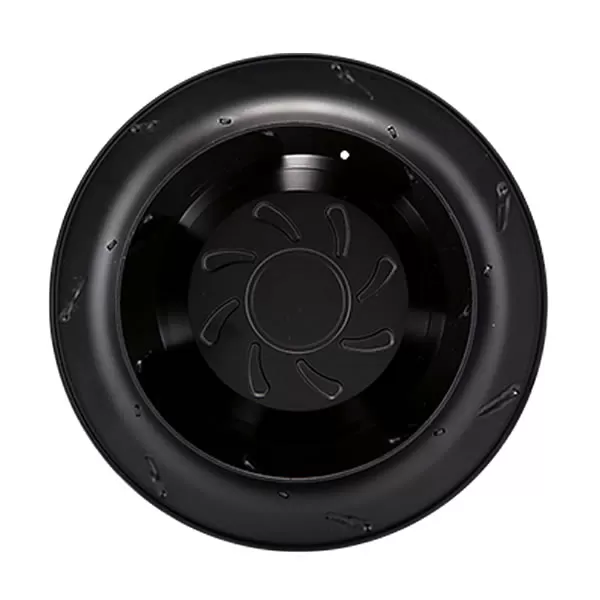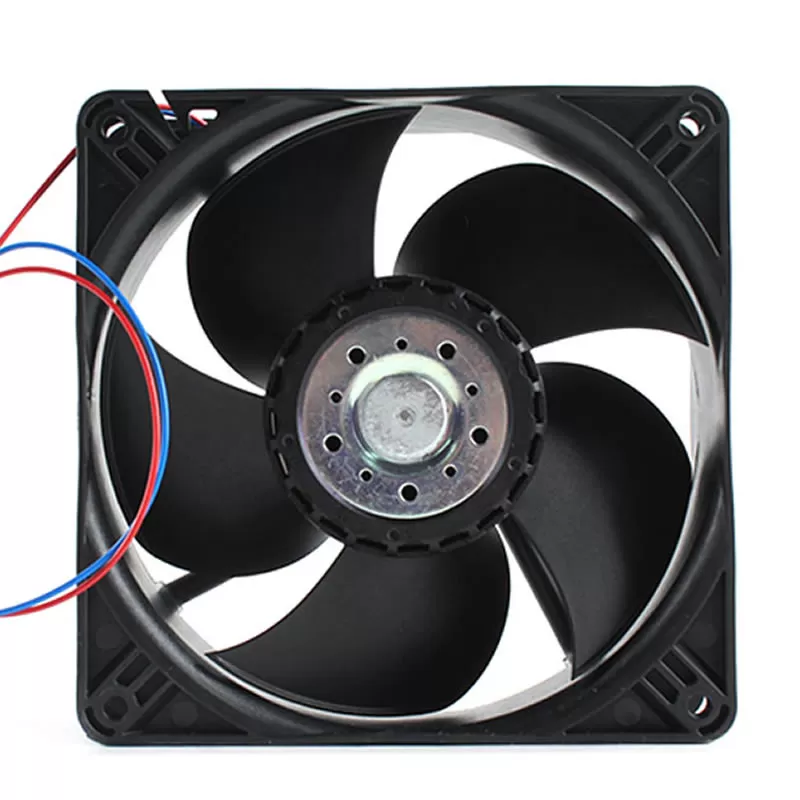
The operating voltage of a DC fan varies based on its application and design. Here are the common operating voltages for DC fans, including the notable 48V category, along with their typical use cases:
1. 5V DC
- Application: Small USB-powered fans (e.g., desktop USB fans, mini cooling solutions for electronics), low-power portable devices, and microelectronics.
- Reason: Powered by standard USB ports (5V DC), ideal for compact, energy-efficient designs.
2. 12V DC
- Application: Most common in computers (CPU/case fans), automotive systems (car radiators, interior fans), and small household appliances.
- Reason: Aligns with 12V DC power supplies in computers (PSUs) and car batteries, balancing power and efficiency.
3. 24V DC
- Application: Industrial equipment (server racks, factory cooling systems), larger household appliances, and commercial ventilation fans.
- Reason: Delivers higher power for larger fans while maintaining safety in industrial setups with 24V DC power distributions.
4. 48V DC
- Application: Common in telecom infrastructure (communication base stations, data center server racks), industrial automation systems, electric vehicle cooling systems (e.g., 48V mild hybrid vehicle radiators), and high-power commercial ventilation.
- Reason:
- Telecom networks historically use -48V DC power (due to noise resistance in long-distance signaling), making 48V fans standard for equipment like switches and routers.
- Industrial setups may adopt 48V to reduce current loss in long cable runs or power high-performance fans without excessive amperage.
- Electric vehicles often use 48V systems for auxiliary components, including cooling fans, to balance power and safety.
5. Other Voltages (with specific use cases)
- 3V DC: Tiny fans in microelectronics or ultra-low-power devices.
- Battery-powered voltages (6V, 9V, 12V): Portable fans for tools, camping gear, or outdoor devices matching battery outputs.
Key Considerations:
- Voltage Precision: DC fans must match the specified voltage exactly. Undervoltage causes underperformance, while overvoltage risks motor damage.
- Power Source Type: Ensure the supply is DC (not AC), as DC fans cannot operate on alternating current without a converter.
- Industry Standards: 48V is particularly prevalent in telecom and industrial sectors due to historical power system designs, making it a key voltage to recognize for related applications.
If you have a specific industry or device in mind, clarifying the context can help further specify the typical voltage range.

